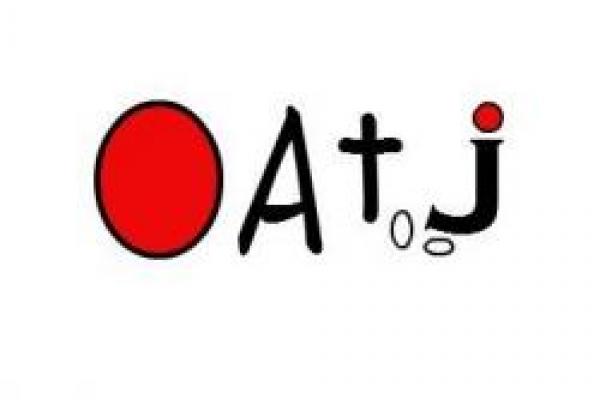
Reconsideration of Kanji Instruction and Grading: Integrating “Beyond Standardization”
Kimiko Suzuki, Haverford College
TIME: 1 p.m. -3 p.m. (ET)
Registration/Zoom meeting details: Registration Link
Please register by March 31
Pre-workshop survey (attending or not, please fill out and results presented at the workshop)
Free, but current AATJ/OATJ membership is required. Please renew your 2024 membership, if you have not done so yet. All educators welcome.
OATJ Website: Link
When learning kanji in Japanese language classes, students are usually required to learn the “correct” shapes and stroke order that are exemplified in textbooks, and the boundaries of correctness tend to be fixed. In the real world, it is often acceptable that the shape of kanji deviates from the standard shapes, however, this tolerance often seems narrower, especially in elementary level classes. In addition, some instructors may think that the traditional forms of kanji are incorrect, without considering the historical background of the change from the traditional to new form. This type of kanji instruction will encourage students to accept the information in textbooks and the image of the Japanese language portrayed by instructors as “standard.”
This workshop will be based on classroom activities practiced in a second-year Japanese course that aims to counter-standardize kanji learning. The participants will share their insights on the discrepancy between “the acceptable range of kanji usage outside classroom setting” and “the kanji usage expected of students” while reflecting whether their kanji instruction approach focuses on “correctness.” By doing so, they will be guided to reflect on whether they have consistent boundaries of correctness about kanji both when they are being themselves and when they are playing an instructor role. The workshop will conclude with brainstorming kanji instruction activities that aim “beyond standardization.”
漢字指導・添削の再考:脱標準化の試み
従来、日本語クラスの漢字学習では教科書で「正しい」とされている形や筆順を習得することが求められており、正しさの境界線は固定的なものとして捉えられがちです。実社会では規範の形からズレていても許容されることも多くありますが、その許容範囲は特に初級クラスでは狭められていることが多いのではないでしょうか。また旧字体が新字体に変えられた歴史的背景を省みることなく、旧字体の漢字を間違いだとしている教師の方もいるかもしれません。このような漢字学習は、教科書の情報や教師が描く日本語像が「標準」として受け入れることを助長することになります。
そこで、本ワークショップでは、漢字学習における「脱標準化」を目指す2年生のクラスで行った教室活動の実践報告をもとに、参加者のみなさんと漢字の「正しさ」のゆらぎについて意見を共有し合い、共に考える時間を持ちたいと思います。そこで、参加者のみなさんの「普段の漢字使用の許容範囲」と「学習者に求める漢字の使用」のズレについて自身の経験を共有し、日本語クラスで「正しさ」に重きを置いたやり方で「正しくない」ものを減点したりしていないかどうかについて振り返り話し合います。その上で漢字の「正しさ」の基準が「普段の自分」の時と「日本語教師としての自分」の時に矛盾していることがないか考えます。最後に「脱標準化」を視野に入れた漢字学習の実践に向けての具体案を模索したいと思います。
This event is sponsored in part by the East Asian Studies Center and a U.S. Department of Education Title VI grant to the East Asian Studies Center at The Ohio State University.
